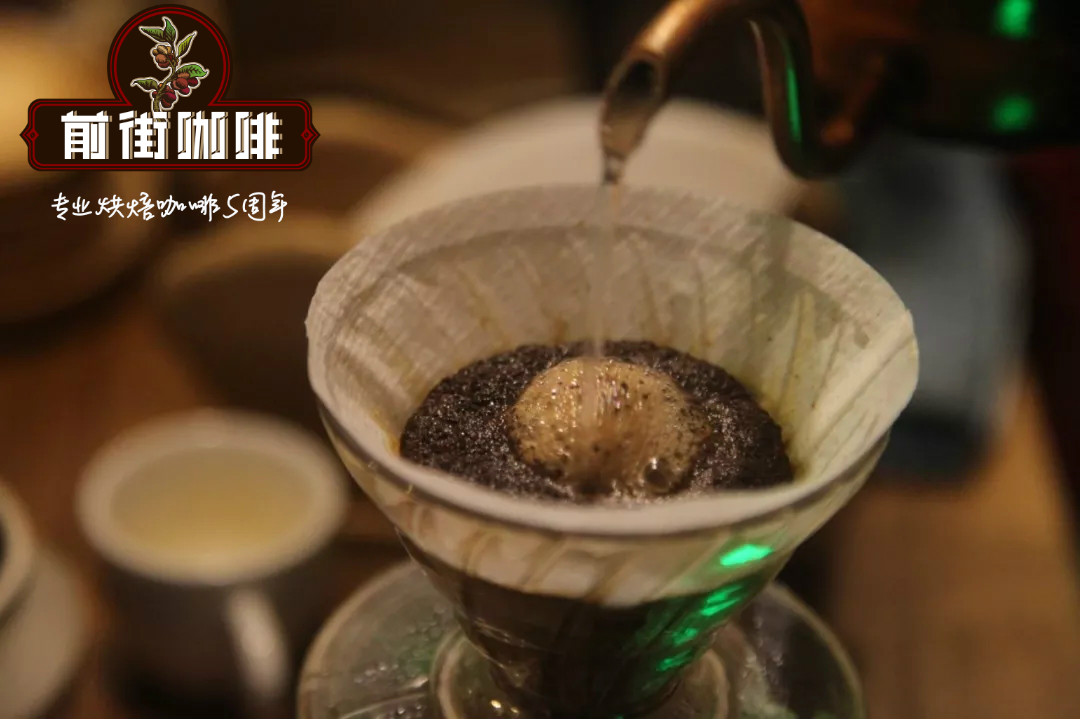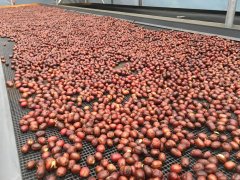How about Guatemalan coffee? Introduction to Coffee at Palo Blanco Manor, Guatemala

Professional coffee knowledge exchange more coffee bean information please follow the coffee workshop (Wechat official account cafe_style)
Guatemala has been growing coffee since around 1850. Before World War I, the Germans controlled as much as 80% of the country's production, most of which was exported to Germany. ANACAFE, the official coffee farmers' association, divided the country into eight regions according to region and flavor in the 1990s, and registered trademarks to promote the origin. These include Antigua, Acatenango, Huehuetenango and Atitl á n, where many award-winning farms are located. Common beans in Guatemala today include Typica, Bourbon, Caturra, Catua í, Pacas, Maragogype, Pacamara (a hybrid of the first two), Pache Comum (a local variety of Typica), and Gesha.
Guatemala Coffee Mini File:
As far as the main varieties of coffee are concerned, 98% of the coffee is Arabica, but there are still 2% robusta species, which are mainly treated by washing and a small amount by the sun. It is currently the 10th largest coffee producer in the world.
Palo Blanco Manor (Finca Palo Blanco) is a private small farm of the Ovalle family. Located in the Vera Plateau, the high mountains near the town of La Democracia (La Democracia), which is about 1700 meters above sea level, is blown by the hot air from the lower part of La Democlasia town, coupled with its location at a high altitude, which gives it a natural temperature difference that makes its coffee so excellent in growth and quality.
The Ovalle family is committed to providing better coffee quality, and in the process of diversified management and improvement, the estate has received many certifications, such as National Organic Program (NOP) of the United States Department of Agriculture, Rainforest Alliance (rainforest certification) for environmental protection, UTZ certification for sustainable management, and coffee and grower equity (C.A.F.E. Practices). It makes the manor special and unique in its producing area.
END
Important Notice :
前街咖啡 FrontStreet Coffee has moved to new addredd:
FrontStreet Coffee Address: 315,Donghua East Road,GuangZhou
Tel:020 38364473
- Prev

An introduction to the four major producing areas of Peruvian coffee beans
Professional coffee knowledge exchange more coffee bean information please follow the coffee workshop (Wechat official account cafe_style) do you know? Peru, located in western South America, is the largest producer of organic coffee in the world, with an area of 420000 hectares, mostly in the Andes Mountains, about 600 to 1900 meters above sea level.
- Next

Colombian Coffee History Origin Colombian Coffee is good? why is it the most popular in the United States?
Professional coffee knowledge exchange more coffee bean information please follow the coffee workshop (Wechat official account cafe_style)
Related
- Detailed explanation of Jadeite planting Land in Panamanian Jadeite Manor introduction to the grading system of Jadeite competitive bidding, Red bid, Green bid and Rose Summer
- Story of Coffee planting in Brenka region of Costa Rica Stonehenge Manor anaerobic heavy honey treatment of flavor mouth
- What's on the barrel of Blue Mountain Coffee beans?
- Can American coffee also pull flowers? How to use hot American style to pull out a good-looking pattern?
- Can you make a cold extract with coffee beans? What is the right proportion for cold-extracted coffee formula?
- Indonesian PWN Gold Mandrine Coffee Origin Features Flavor How to Chong? Mandolin coffee is American.
- A brief introduction to the flavor characteristics of Brazilian yellow bourbon coffee beans
- What is the effect of different water quality on the flavor of cold-extracted coffee? What kind of water is best for brewing coffee?
- Why do you think of Rose Summer whenever you mention Panamanian coffee?
- Introduction to the characteristics of authentic blue mountain coffee bean producing areas? What is the CIB Coffee Authority in Jamaica?

